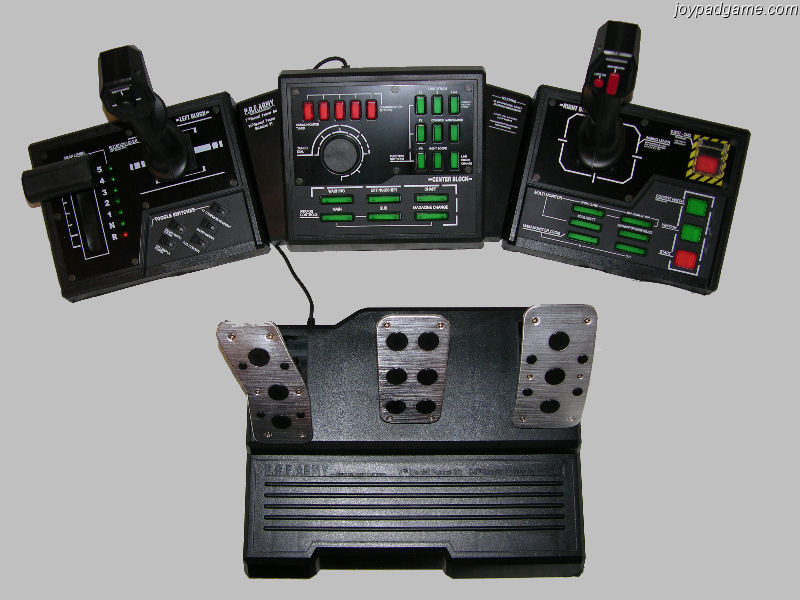The GUI is used to tell the player important information like objectives, health, and ammo. GUI began to creep in from all corners of the screen since the first games and have ever since clouded the screen with numbers and bars. It is only recently that the GUI has begun to back off and become more of a subtle presence. Games now tend to have dynamic UI's which disappear when not required, making the player feel the realism. Games like Dead Space dropped the UI all together and used lights on the suit for health and holograms for ammo and objectives. They were even going as far as to drop the pause menu all together for added drama but this came across as too intense for players who were not able to escape the action when it all got too much.

The controller has been around since the dawn of games for obvious reasons but has evolved quite a bit in its time. One constant remained the same, that it was to be controlled with buttons by hand. This made sense as we use our hands for everything else.
The joystick was a perfect idea for fast action game play. The player could move in all directions without changing button creating a fluid and natural process like pointing. But as games advanced and became 3D the player had to be able to explore forwards/backwards as well as up and down. The implementation of the analogue sticks was added so a player could walk with one and look with the other. Of course there are more buttons to press and these had to be close at hand for quick presses so the analogue sticks were not left unattended for too long. Shoulder buttons were added to be used by the index finger so could be used simultaneously with the sticks. A lot of ergonomic design has gone into controllers but something even more comfy and natural was coming.
There have been several attempts to break the mould. Time Crisis implemented light guns which gave the player a more real feel for the predominantly gun based action. Guitar Hero had a guitar peripheral which was played using a series of frets and a strum bar giving the experience of playing guitar to the inexperienced.The ultimate peripheral had to be that of the Steel Battalion game which provided a full mech dashboard for the mech fighter sim including foot pedals, gears, ejector seat and a full ignition sequence that was required should the player run into an EMP or other dangers.

Wand controllers like the Wii and Move have been released giving the player expressive freedom of movement. Holding two individual controllers means the player inst confined to a small proximity device. This, with tracking means the player can implement a series of expressions and movements to control the game. This adds a much more family friendly aspect and ultimately succeeds in interactive design.
I think the future of game interactive design will be that of Minority Report. The technology already exists and gesture control is already implemented in the Kinect. I think 3D technology will really bring the HUD out of the screen and we will actively reach out to interact. But at the end of the day i feel nothing will beat the mighty controller, well maybe the keyboard and mouse, but thats another story.
No comments:
Post a Comment